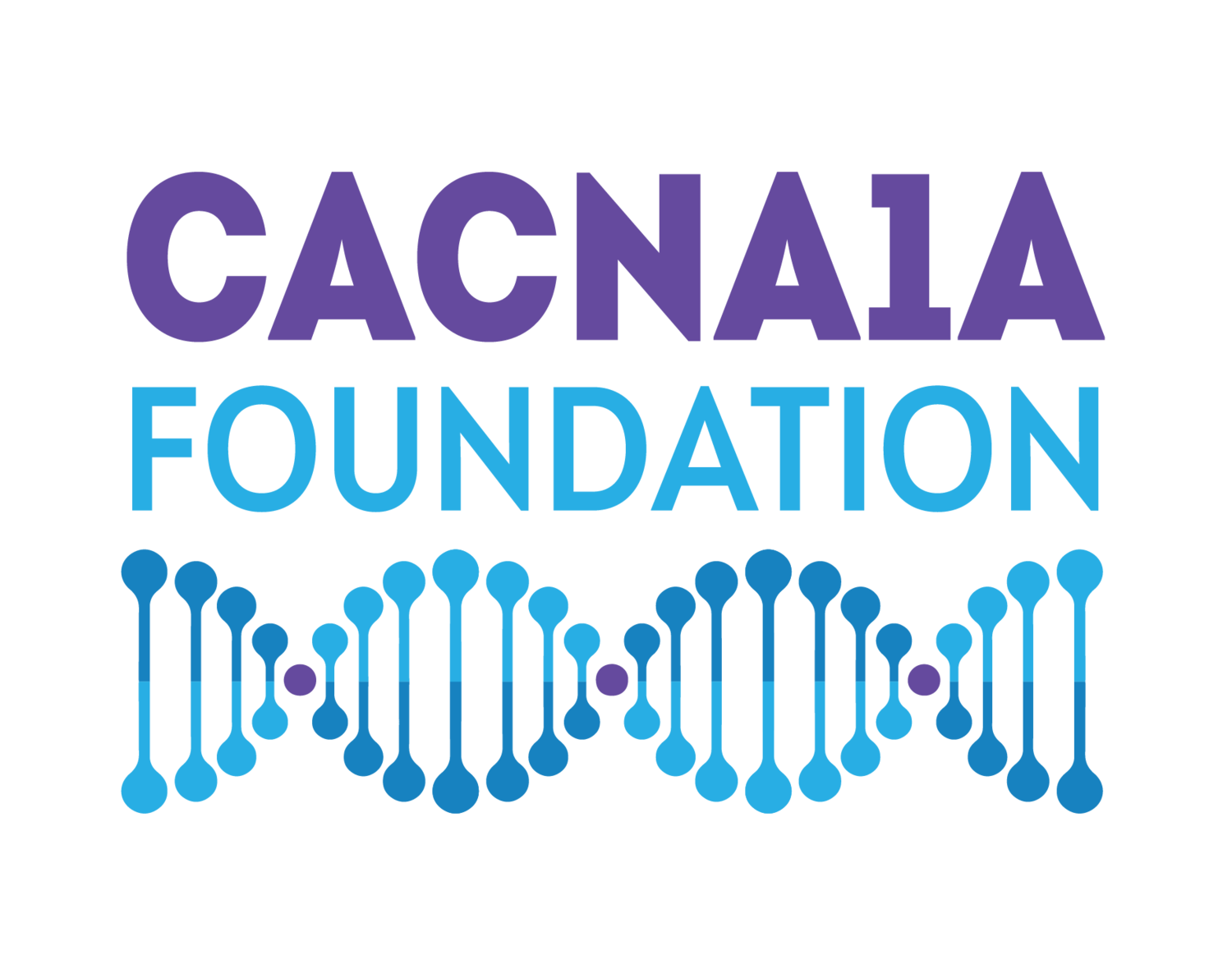Stay Safe
Individuals with CACNA1A variants suffer from different sets of symptoms. It is important to speak with your doctor about your individual risks and how to best keep yourself or your loved one safe.
Ataxia can cause a spectrum of challenges ranging from an unsteady gait to relying on a wheelchair for mobility. Many CACNA1A individuals have an epilepsy diagnosis that is manageable with anti-epileptic drugs, while some have drug-resistant epilepsy that is very difficult to control. Any type of epilepsy poses significant risks that caregivers should understand.
Safety equipment may include helmets and seizure monitoring devices, which can be helpful in preventing injuries.
Falls
Those with CACNA1A variants are at higher risk for falls due to both ataxia and seizures (if applicable).
It is important to be aware of your child’s fall risk and what can be done to minimize injury and prevention measures to take.
Seizures
Seizure Safety and Seizure Risk: From First Aid to Safety by Dr. Dan Friedman of NYU Comprehensive Epilepsy Center, NYC
Talk to your neurologist about developing a Seizure Emergency Plan together.
An excellent list of monitoring devices, as well as grants for devices at the Danny Did Foundation
SUDEP
Sudden Unexpected Death of an Epilepsy Patient
Ask your neurologist about SUDEP and how to reduce your child’s risks
Individuals with CACNA1A-related DEEs (Developmental & Epileptic Encephalopathy) are at higher risk for SUDEP
More Info from the Epilepsy Foundation
Stroke
Although rare, a connection between CACNA1A and delayed cerebral edema and stroke following minor head trauma has been reported.
Talk to your doctor if you have questions or concerns.
Hemiplegic Migraine
A hemiplegic migraine mimics a stroke, but the paralysis is temporary. Speak to your doctor if you have concerns about the difference between stroke and hemiplegic migraine.

